10 Foods You Should NEVER Freeze (and 6 Surprising Ones You CAN!)
Freezing food is a time-honored method that has revolutionized the way we preserve and consume our meals. This process, which involves lowering the temperature of food to inhibit bacterial growth, allows us to enjoy seasonal produce year-round, reduce waste, and save time in meal preparation. However, not all foods are created equal when it comes to freezing. Some foods lose their texture, flavor, or nutritional value when frozen, while others surprisingly thrive in the cold environment. Understanding the nuances of what to freeze and what to avoid can transform your kitchen strategies, leading to more efficient and enjoyable cooking experiences. This guide will explore helpful kitchen strategies, from foods you should never freeze to those you surprisingly can, enhancing your culinary skills and knowledge.
1. The Science Behind Freezing: Why Some Foods Fare Better Than Others

At the heart of freezing is the transformation of water into ice. Foods with high water content are particularly susceptible to changes in texture and flavor when frozen. The expansion of water as it freezes can rupture cell walls, leading to mushy or unappetizing results once thawed. Conversely, some foods, especially those with lower water content or those that are already cooked, can withstand freezing with minimal quality loss. Understanding the science behind freezing helps in making informed decisions about what to store in your freezer. This knowledge not only preserves the integrity of your food but also enhances its flavor and nutritional value when consumed.
2. Foods You Should Never Freeze: Fresh Produce and Their Pitfalls
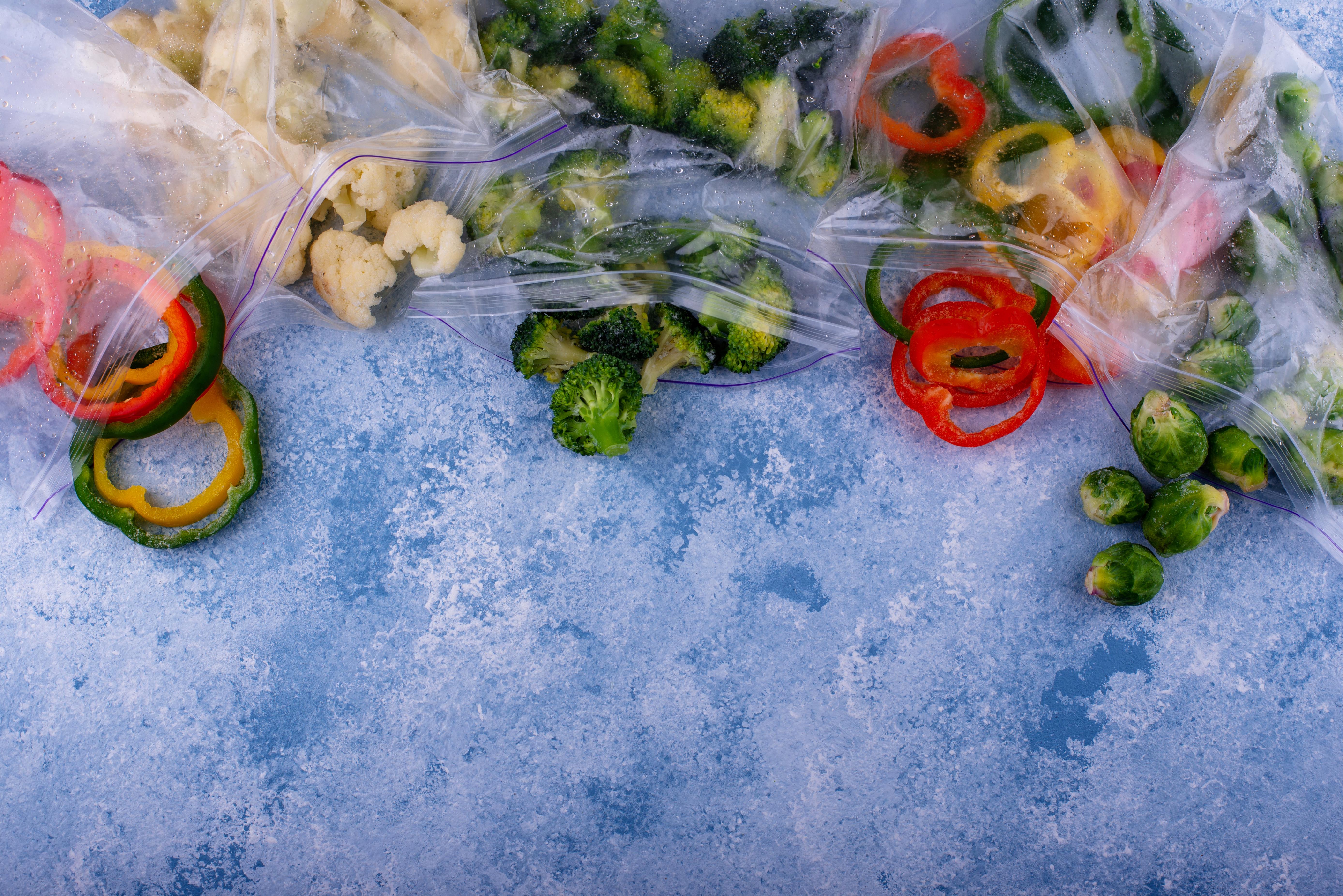
Fresh produce, particularly those with high water content like lettuce, cucumbers, and watermelon, should generally be avoided in the freezer. The ice crystals that form during freezing can damage the cell structure, resulting in a limp and soggy texture upon thawing. Additionally, the flavor and nutritional value of these foods can diminish significantly. Instead, these items are best consumed fresh or preserved through other methods such as pickling or canning. Understanding which fresh produce fares poorly in the freezer can save you from culinary disappointment and ensure that your meals retain their intended taste and texture.
3. Dairy Dilemmas: Navigating the Freezing of Milk, Cheese, and More
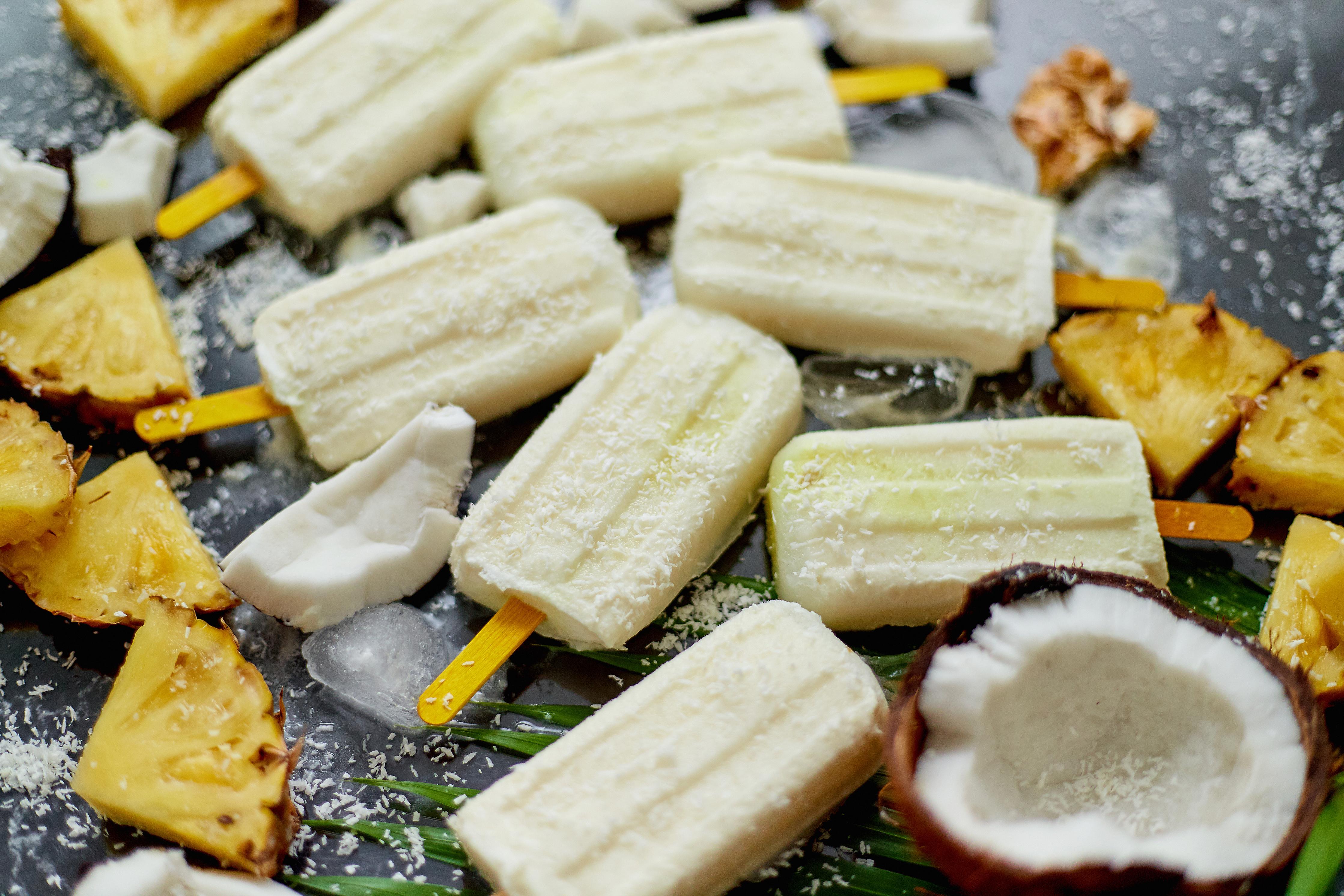
Dairy products present a unique challenge when it comes to freezing. Milk, for instance, can separate and develop an unappealing grainy texture once thawed. Similarly, soft cheeses like brie and cream cheese can become crumbly or watery. However, harder cheeses like cheddar can be frozen successfully if shredded first. Yogurt and cream can be frozen but may require some stirring to restore their creamy consistency. Knowing which dairy products can withstand freezing and how to properly prepare them for storage can help maintain their quality and extend their shelf life, providing convenience without compromising taste.
4. The Bread and Butter of Freezing: Best Practices for Baked Goods
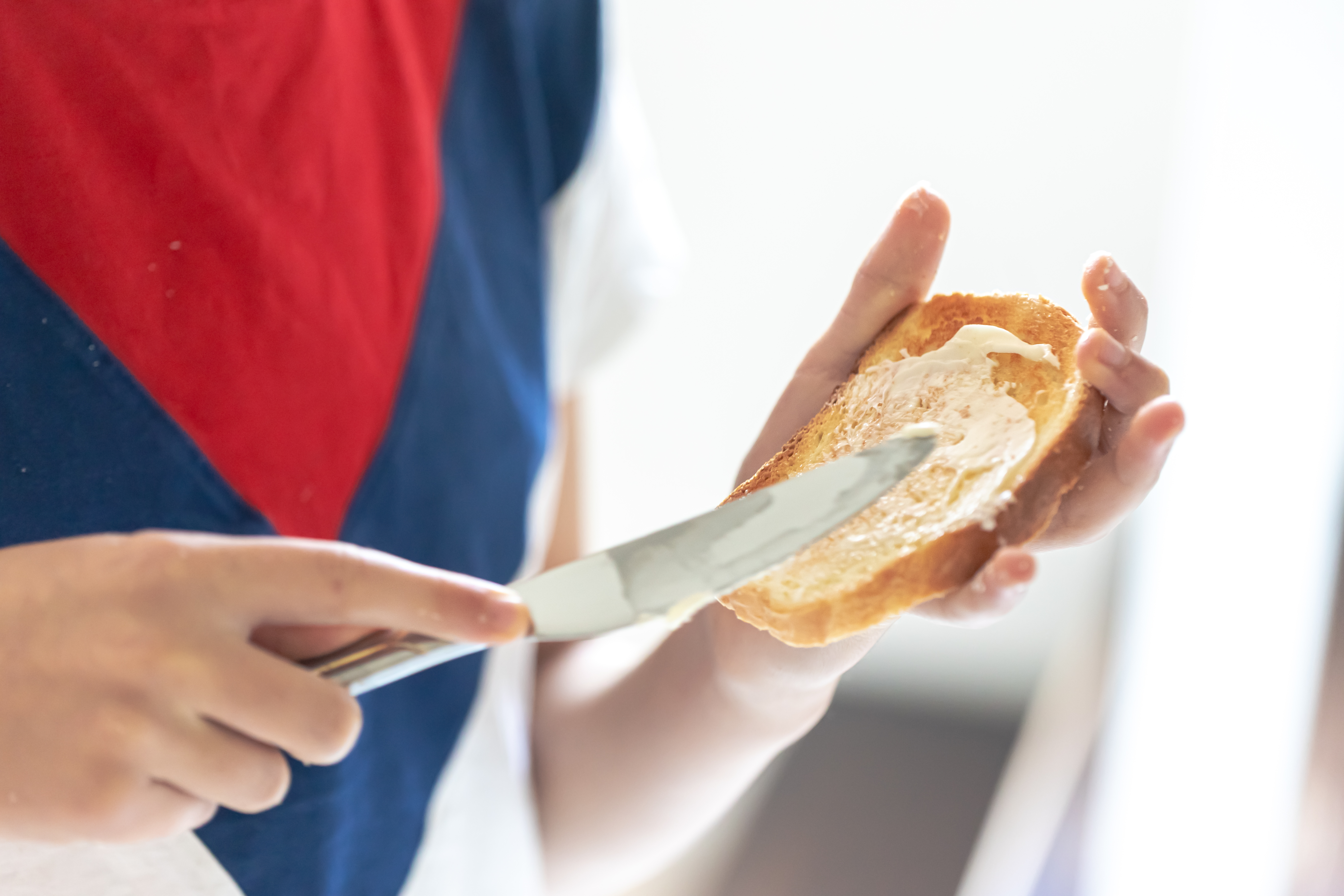
Baked goods, from bread to cakes, are generally freezer-friendly, making them ideal candidates for batch cooking and storage. However, the key to preserving their freshness lies in proper packaging. Wrapping items tightly in plastic wrap or aluminum foil and then placing them in an airtight container can prevent freezer burn and moisture loss. For best results, thaw baked goods at room temperature or gently warm them in the oven. By mastering the art of freezing baked goods, you can enjoy homemade treats at your convenience, reducing waste and saving time in the kitchen.
5. Meat and Poultry: Ensuring Quality Through Proper Freezing Techniques
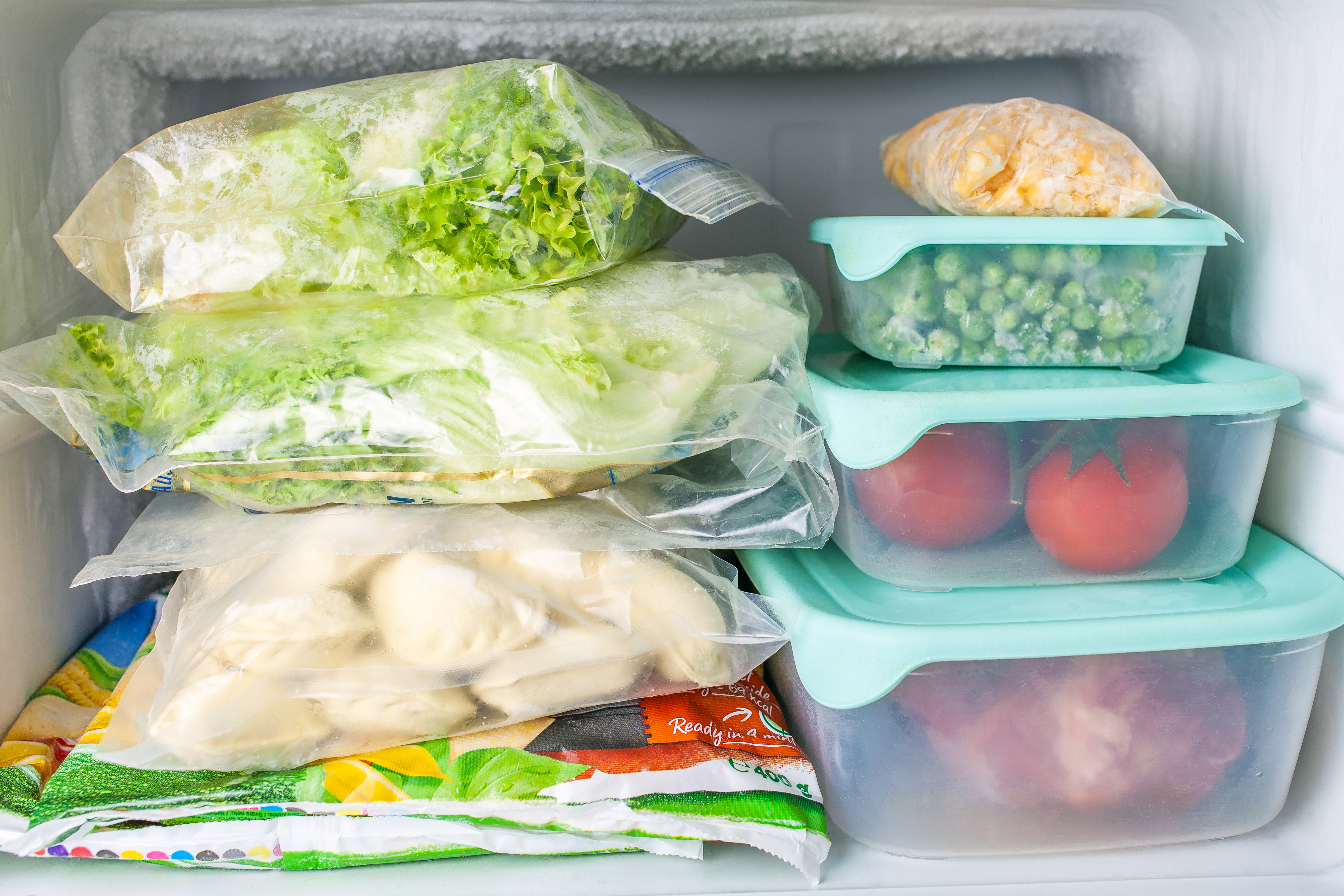
Meat and poultry are staples in many households and freezing them can be a practical way to manage meal planning and reduce waste. However, improper freezing techniques can lead to freezer burn, affecting both flavor and texture. To prevent this, it's crucial to remove as much air as possible from packaging before freezing. Vacuum sealing is an excellent method for preserving meat quality. Additionally, labeling packages with the date helps in keeping track of storage time, ensuring that meats are consumed while still at their peak quality. Proper freezing techniques can make a significant difference in the taste and safety of your meals.
6. Seafood Sensibilities: The Do’s and Don’ts of Freezing Fish and Shellfish

Seafood is highly perishable, making freezing an attractive option for extending its shelf life. However, not all seafood freezes equally well. Fatty fish like salmon can become rancid if not frozen quickly, while lean fish like cod fare better. Shellfish, such as shrimp and scallops, can be frozen successfully if properly prepared. It's important to use airtight containers or vacuum sealing to prevent freezer burn and maintain flavor. Thawing seafood slowly in the refrigerator can also help preserve its texture. By understanding the nuances of freezing seafood, you can enjoy the rich flavors of the ocean at any time.
7. Surprising Success: Foods You Didn’t Know You Could Freeze

While many foods are known for their freezer-friendliness, some may surprise you. Eggs, for example, can be frozen if cracked and beaten first. Herbs can be preserved in ice cube trays with a little water or oil. Even avocados, when mashed with a bit of lemon juice, can be stored for future use. These unexpected candidates open up a world of possibilities for reducing waste and enjoying seasonal flavors year-round. By exploring the potential of these surprising foods, you can expand your culinary repertoire and make the most of your freezer space.
8. The Power of Preparedness: Freezing Pre-Cooked Meals for Convenience
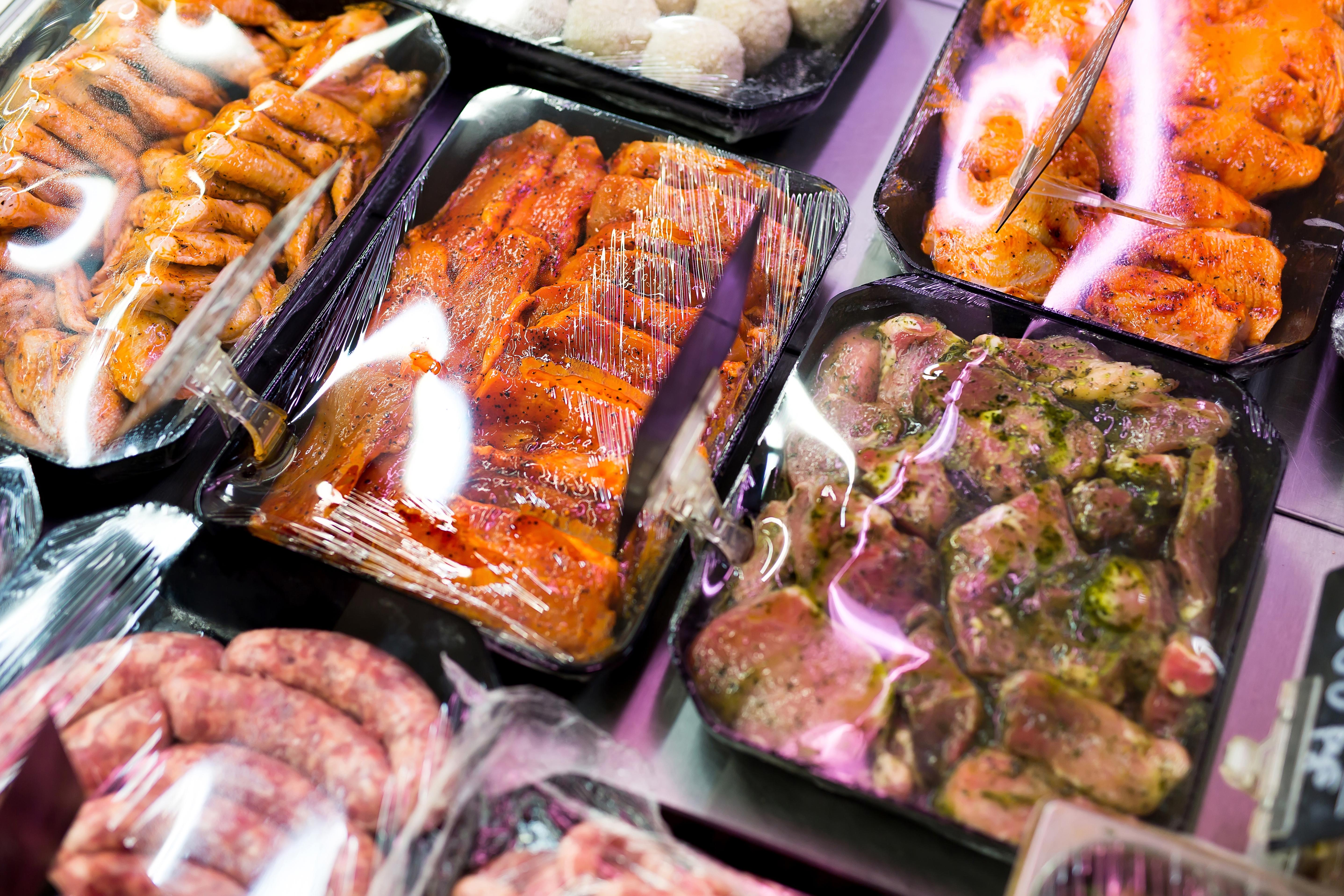
Freezing pre-cooked meals is a game-changer for busy households. From soups and stews to casseroles and pasta dishes, having ready-to-eat meals on hand can save time and effort during hectic days. The key to successful meal freezing lies in proper portioning and packaging. Dividing meals into single servings and using airtight containers can help preserve flavor and texture. Labeling meals with reheating instructions ensures that they are enjoyed as intended. This strategy not only promotes efficient meal planning but also reduces the temptation for takeout, leading to healthier eating habits.
9. Dessert Delights: How to Freeze Sweets Without Compromising Taste

Desserts are a delightful indulgence, and freezing them can extend their enjoyment. However, maintaining their quality requires attention to detail. Custard-based desserts and those with high moisture content may not fare well, but cookies, brownies, and even some frosted cakes can be frozen successfully. Wrapping desserts tightly and using airtight containers can prevent freezer burn. Thawing them slowly at room temperature or in the refrigerator can help retain their intended texture and flavor. By mastering the art of freezing desserts, you can indulge in sweet treats without the pressure to consume them quickly.
10. The Art of Portion Control: Freezing in Single Servings
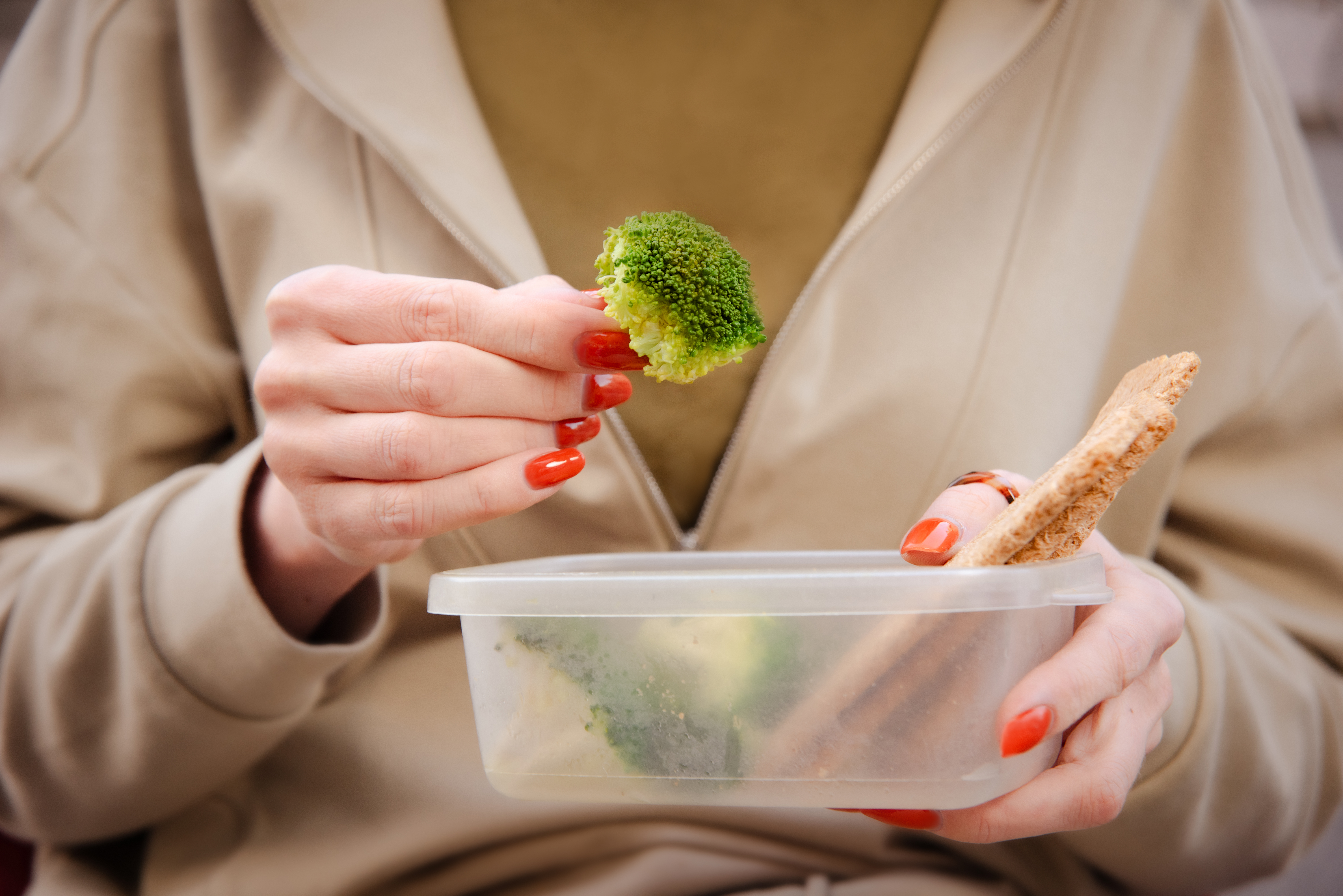
One of the most effective strategies for minimizing waste and ensuring portion control is freezing food in single servings. This approach is particularly useful for individuals or small households where large quantities of food might otherwise go uneaten. By dividing meals and ingredients into individual portions before freezing, you can easily defrost only what you need, reducing the risk of leftovers going to waste. This method also allows for greater variety in meal planning, as you can mix and match different frozen portions to create diverse and balanced meals.
11. Freezer Organization: Maximizing Space and Efficiency
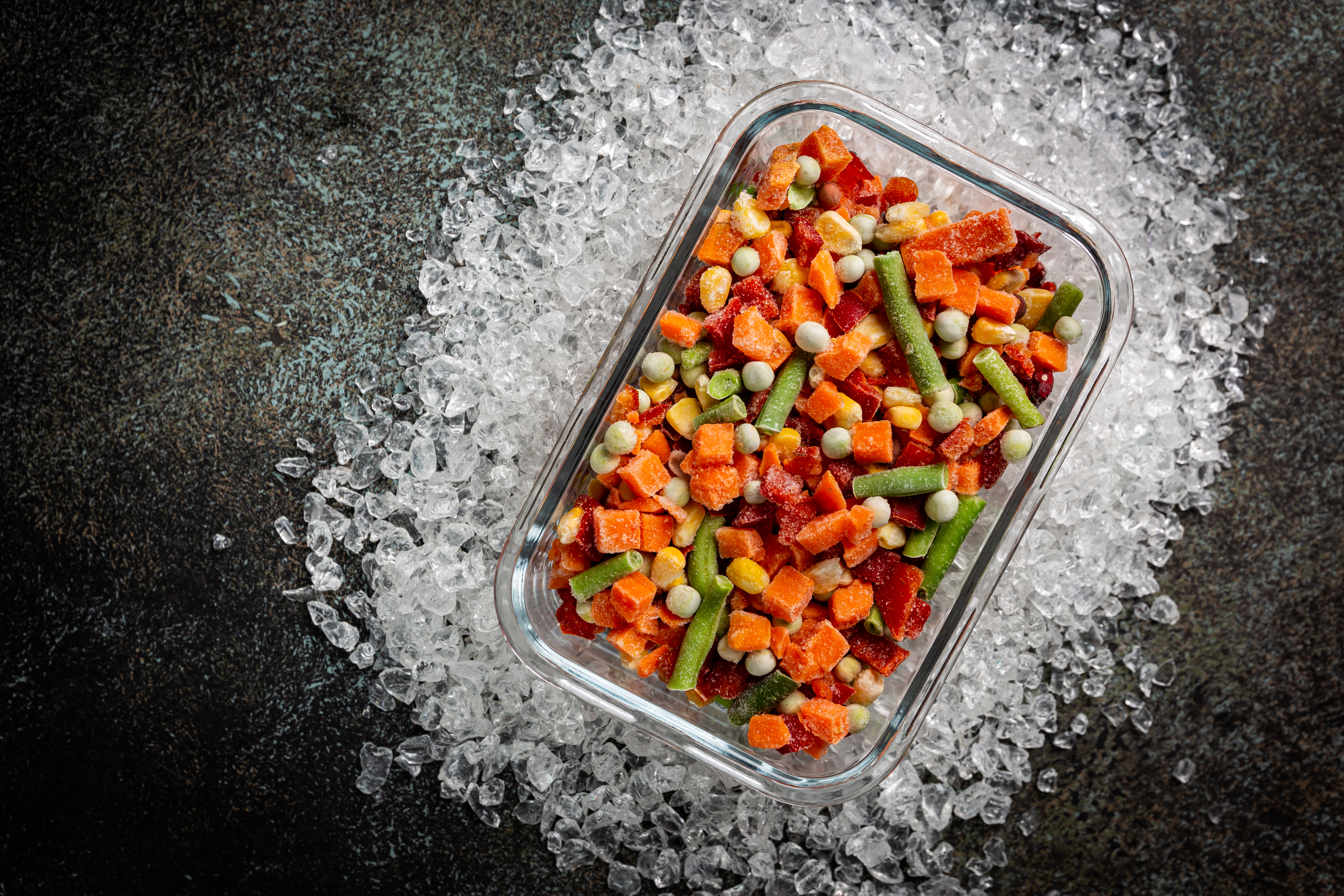
A well-organized freezer is essential for efficient meal planning and storage. By categorizing and labeling foods, you can easily locate items and keep track of their freshness. Utilizing stackable containers and freezer-safe bags can maximize space and prevent clutter. It's also helpful to periodically audit your freezer to rotate older items to the front, ensuring that nothing is forgotten or wasted. An organized freezer not only saves time and reduces stress but also encourages mindful consumption, leading to more intentional and satisfying meal experiences.
12. The Role of Freezer Burn: Understanding and Preventing It
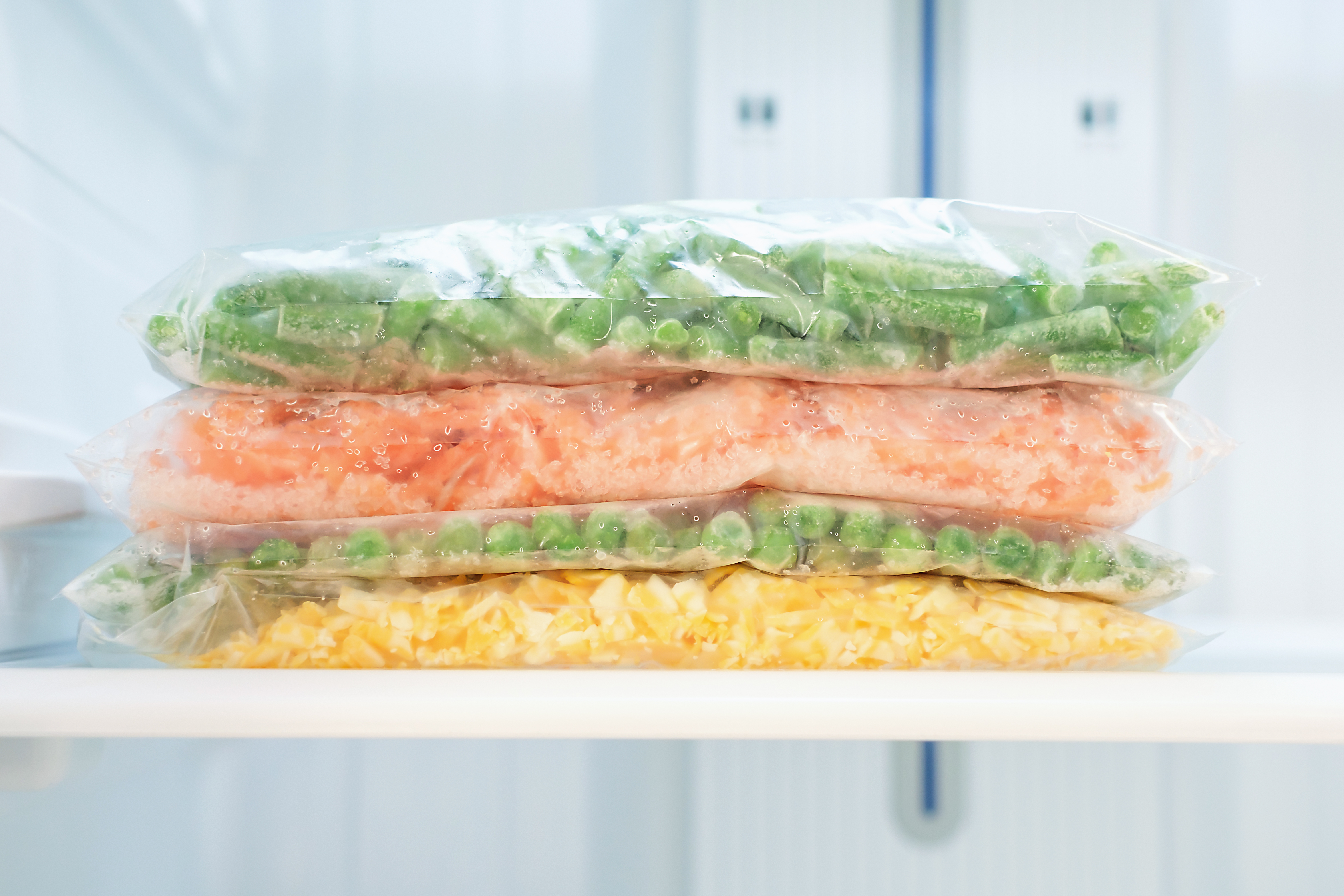
Freezer burn is a common issue that occurs when air comes into contact with frozen food, causing dehydration and oxidation. This results in dry, discolored patches that can affect flavor and texture. While freezer-burned food is safe to eat, it is often less appetizing. Preventing freezer burn involves using airtight packaging, removing excess air, and maintaining a consistent freezer temperature. By understanding the causes and prevention of freezer burn, you can preserve the quality of your frozen foods and enjoy them as intended.
13. Thawing Techniques: Bringing Frozen Foods Back to Life
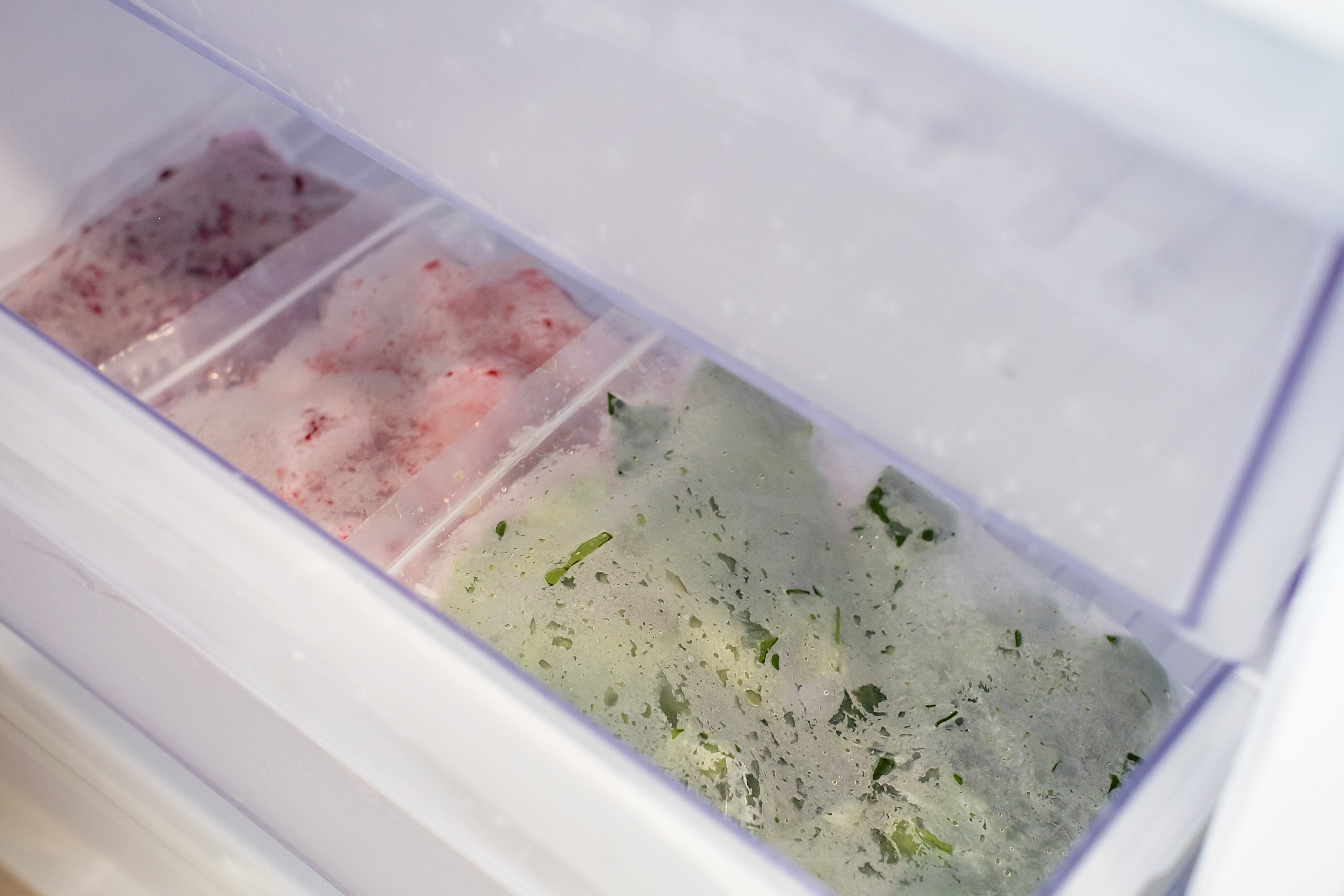
Thawing is a crucial step in the freezing process, and doing it correctly can make all the difference in preserving food quality. Slow thawing in the refrigerator is the safest method, allowing food to defrost evenly and minimizing the risk of bacterial growth. For quicker results, submerging sealed packages in cold water or using the microwave's defrost setting can be effective. However, it's important to cook thawed food promptly to ensure safety. By mastering thawing techniques, you can bring your frozen foods back to life with their flavor and texture intact.
14. The Environmental Impact: Freezing as a Sustainable Practice

Freezing food is not only a practical kitchen strategy but also a sustainable one. By extending the shelf life of perishable items, freezing helps reduce food waste, a significant contributor to environmental harm. Additionally, by preserving seasonal produce and bulk purchases, freezing can decrease the need for frequent grocery trips, reducing carbon emissions. Embracing freezing as part of a sustainable lifestyle can have a positive impact on both the environment and your household's carbon footprint, promoting a more conscientious approach to food consumption.
15. Creative Culinary Uses: Incorporating Frozen Foods into Everyday Meals

Frozen foods can be a versatile component of everyday cooking, offering convenience and creativity. From using frozen fruit in smoothies and desserts to incorporating frozen vegetables into stir-fries and soups, the possibilities are endless. Pre-cooked frozen proteins can be quickly added to salads or pasta dishes for a complete meal. By experimenting with frozen foods, you can discover new flavor combinations and streamline your cooking process, making mealtime more enjoyable and less time-consuming.
16. Common Mistakes to Avoid: Ensuring Freezing Success

While freezing is a relatively simple process, common mistakes can compromise the quality of your food. Overloading the freezer, using improper packaging, and neglecting to label items are frequent pitfalls. Additionally, freezing food that is past its prime can result in disappointing results. By being mindful of these common errors and implementing best practices, you can ensure freezing success and maximize the benefits of this preservation method.
Freezing is a powerful tool in the kitchen that, when used correctly, can enhance your culinary experience. By understanding which foods to freeze and the best practices for doing so, you can reduce waste, save time, and enjoy a diverse range of flavors year-round. From avoiding the pitfalls of freezing unsuitable foods to exploring the surprising candidates that thrive in the freezer, this guide has provided a comprehensive look at how to make freezing work for you. Embrace freezing as a culinary ally and unlock the full potential of your kitchen.